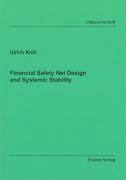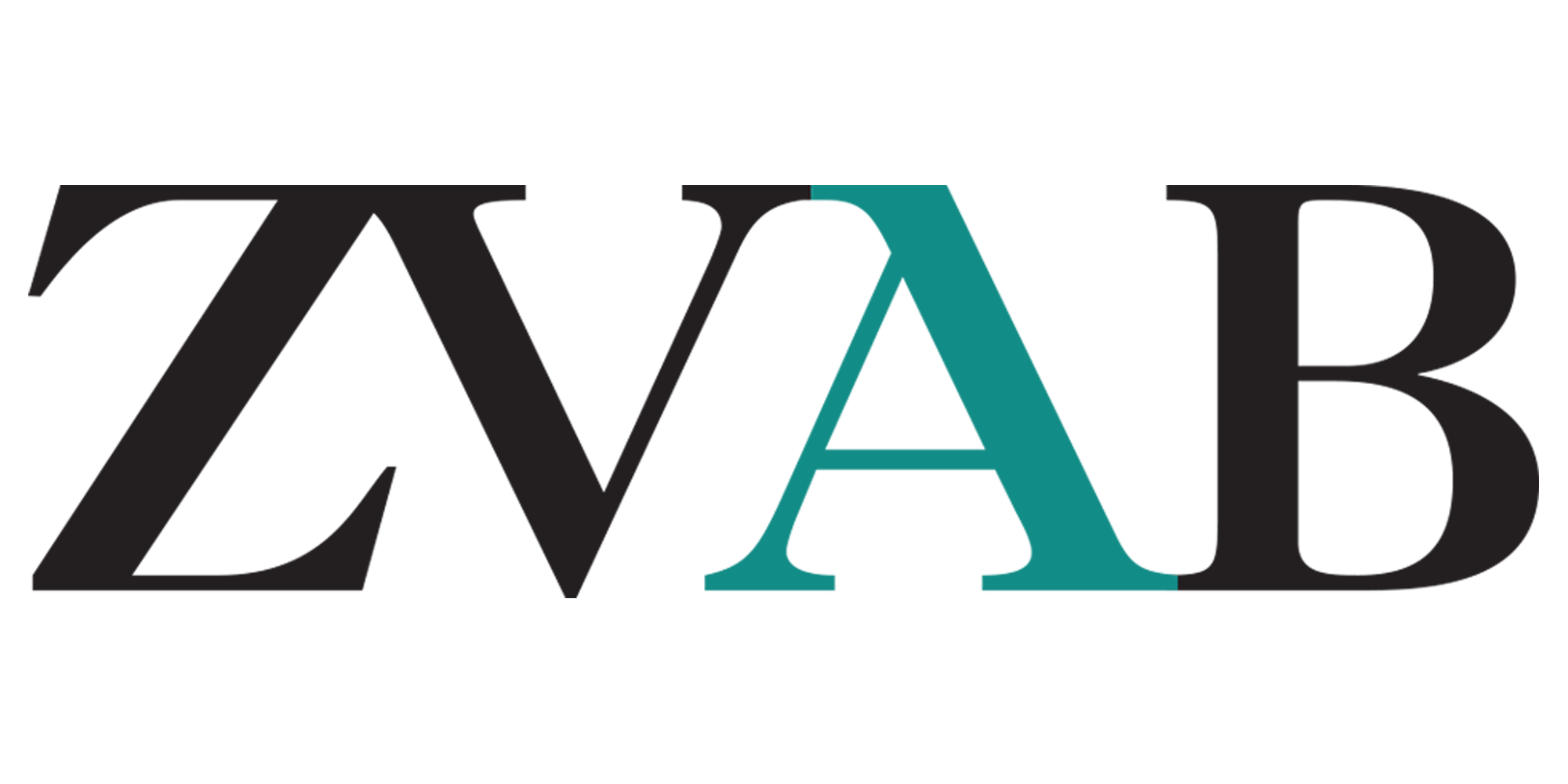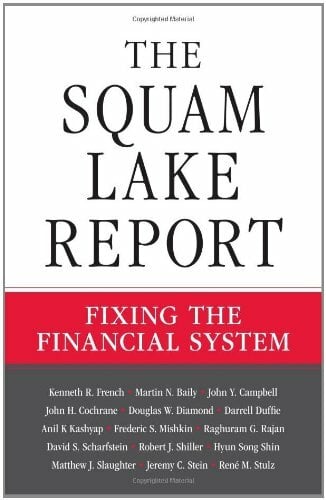
Financial Safety Net Design and Systemic Stability
Kurzinformation
inkl. MwSt. Versandinformationen
Artikel zZt. nicht lieferbar
Artikel zZt. nicht lieferbar

Beschreibung
Recent decades have seen a substantial increase in the frequency and severity of systemic banking sector problems. The purpose of this study is to discuss the role of financial safety net design in these episodes of financial distress, as well as in attempts to foreclose them. Two major policy views have emerged in response to increased fragility. One view emphasizes the role of (explicit) safety net guarantees as a cause of fragility, and their abandonment as a starting point for reform. The alternative view argues that it is the fundamental commitment problem of governments that causes banks to engage in excessive risk taking. Politicians, regulators and supervisors are faced with a set of conflicting goals that makes them reluctant to impose certain measures on bank stakeholders. Finding a policy solution to this problem requires an intelligent mechanism design. In particular, instead of abolishing safety nets, it is crucial to identify appropriate "institutional arrangements" in accordance with safety net players' incentive structures. The study takes a closer look at both views, with two main intentions. The first one is to contribute to the empirical literature that tries to determine the relative importance of the two arguments. The second one is to develop a better understanding of the incentive problems faced by safety net players, and the institutional mechanisms that are capable of attenuating them. Both objectives require a comprehensive understanding of institutional details, and the evolution they have experienced in recent decades. Consequently, the financial safety net is described as a dynamically changing set of different functions, institutions and organizations. The study applies historical insights, case study evidence and a critical review of the prevailing discourse on safety net design (chapter II), a thorough assessment of institutional dynamics (chapter III), recent econometric techniques (chapter IV), and model-based economic theories (chapter V) to the subject in question. It provides new insights into the endogenous nature of safety net institutions, the empirical relevance of alternative policy prescriptions, and the incentive structures defining the space for policy reform.
Produktdetails

So garantieren wir Dir zu jeder Zeit Premiumqualität.
Über den Autor

- Hardcover
- 496 Seiten
- Erschienen 2018
- Wiley

- hardcover
- 364 Seiten
- Erschienen 1988
- Pearson

- Gebunden
- 488 Seiten
- Erschienen 2015
- The MIT Press

- Kartoniert
- 558 Seiten
- Erschienen 2020
- O'Reilly UK Ltd.

- Hardcover
- 440 Seiten
- Erschienen 2017
- John Wiley & Sons Inc

- Hardcover
- 268 Seiten
- Erschienen 2001
- Jai Press Inc.

- Hardcover
- 696 Seiten
- Erschienen 2023
- Carl Hanser Verlag GmbH & C...

- Hardcover
- 200 Seiten
- Erschienen 2019
- Kogan Page

- Hardcover
- 224 Seiten
- Erschienen 2017
- John Wiley & Sons Inc





































